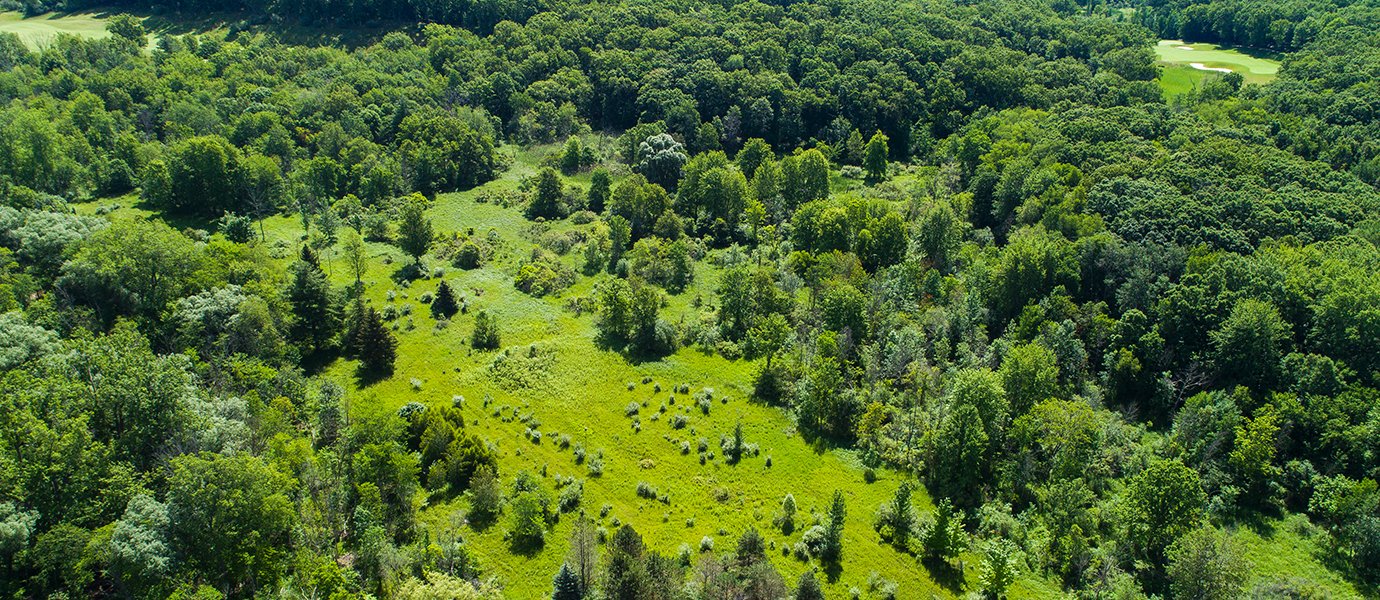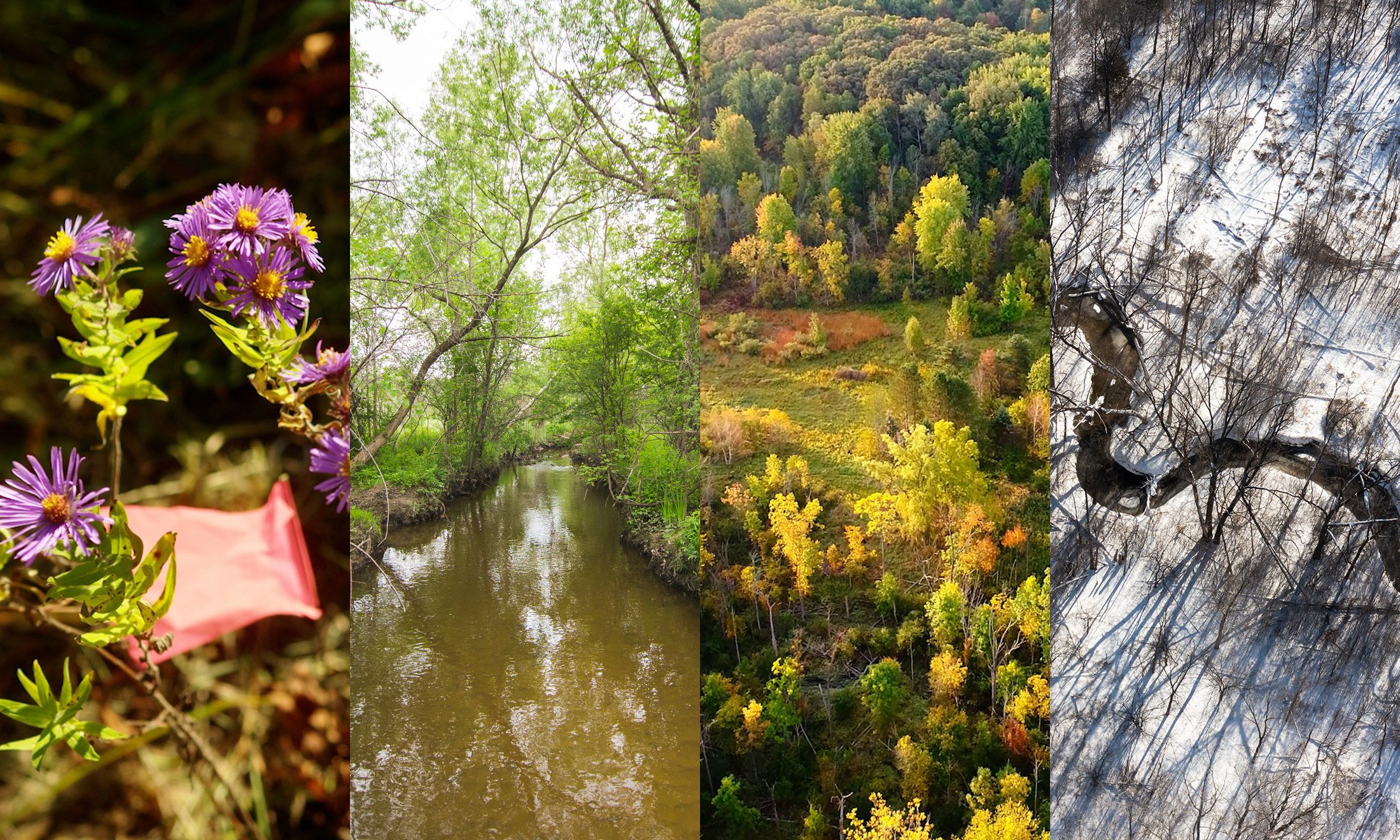Nestled within the 1,441 acres of Oakland University campus sits a gem of preservation. With 110 acres that span over two preserves, OU’s biological preserve is teeming with life year-round.
“It’s an island of green space, and beyond all the educational and research opportunities that it provides, it’s notable for its high-quality ecosystems including wetlands, mature forest, streams and meadows,” explains Scott Tiegs, Ph.D., biological sciences professor.
The OU biopreserve is a unique resource for teaching and research, allowing students experience-based learning opportunities in a variety of majors, including biological sciences, physics and the arts. One such project uses the preserve as a place to draw inspiration in English and art and art history, while the sciences use it to study plant ecology and animal behavior. And with the addition of an outdoor learning space, faculty are excited about the benefits this space will provide for their students.
 |
| Oakland University faculty and students can enjoy the sunshine more this semester with the addition of an outdoor learning space. Read more about the outdoor learning space. |
“I am delighted to find that Oakland University now has an outdoor learning space to support the field activities of our courses, including the physical oceanography course that teaches students about oceans, coastlines, meteorology and climate,” says Steffan Puwal, Ph.D., special lecturer of physics.
“Students have the opportunity to learn about erosion, sediment deposition, and measure the flow of a stream,” he continues. “This is an example of how OU is (quite literally in this case) thinking outside of the classroom with regard to instruction.”
Aside from the benefits the biopreserve has on student learning, it’s also a vital resource for researchers. “The green spaces on campus harbor value as places to do ecological research and as assets to leverage research funding,” says Dr. Tiegs. “At the moment there are projects related to animal behavior, plant ecology and restoration, and long-term monitoring of Galloway Creek.”
This past fall, an interdisciplinary project involving faculty and graduate students from the psychology and biological sciences departments was initiated to further study the preserve’s beaver population. Specifically, Jennifer Vonk, Ph.D., psychology professor; Thomas Raffel, Ph.D., biological sciences associate professor; and Sandra Troxell-Smith, Ph.D., biological sciences special lecturer, with help from psychology graduate students, began documenting the impact of auditory cues on the preserve’s beavers and their damming behavior.
 |
| Explore more about the animals that live in the OU biological preserve. |
“Using a motion-activated ‘alarm,’ we observed whether playing potential canine predator calls (domestic dog, coyote, wolf and fox) vs. control calls (great blue heron, wood duck, squirrel or domestic cat) had an impact on how quickly the beavers would begin plugging two culverts under the bridge near their dam,” Dr. Troxell-Smith explains.
By reviewing trail camera video footage and tracking pond depth measurements, the team found that the beavers appeared to become more efficient at plugging the culverts throughout the study period. “We are in the process of coding beaver behavior using the camera videos, and are very interested in whether there are any discernible delays as a result of auditory cues on these damming behaviors,” Troxell-Smith says.
Whether for research, teaching or just taking a stroll, the Oakland University biological preserves offer those on and around campus an important resource for exploration.
“The ecosystems on the biopreserves are living classrooms that can give us direct experiences with the natural world,” Tiegs says.
 |
| Walk down the path into Oakland University's biological preserves in this video. |
More Like This: |


 April 2, 2025
April 2, 2025 By Kelli M. Warshefski
By Kelli M. Warshefski








